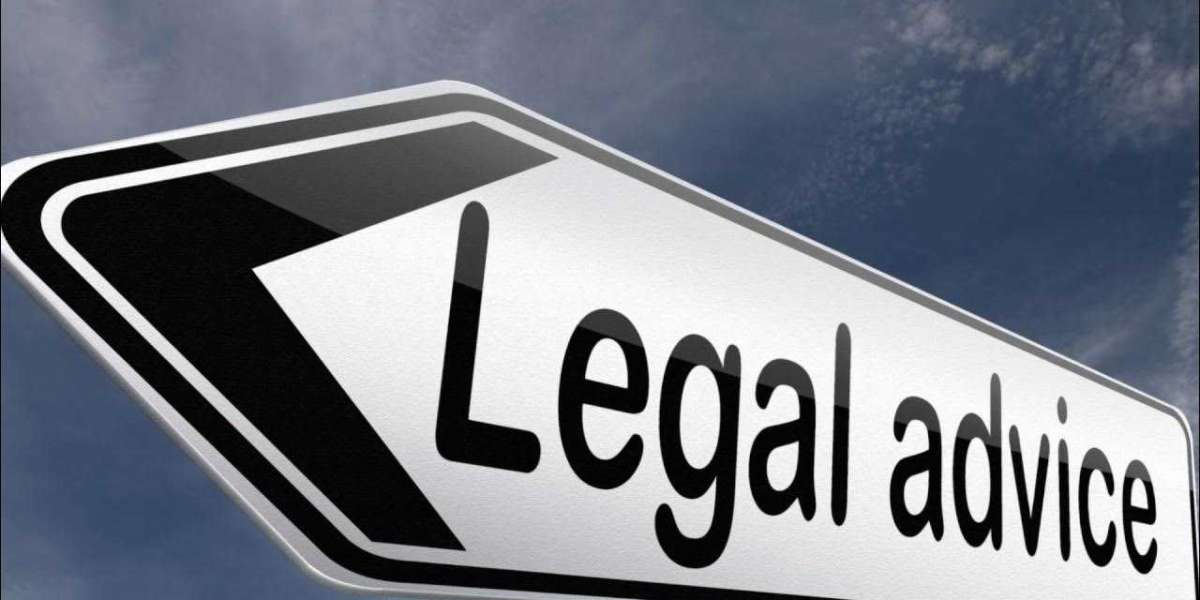Introduction:
Most individuals are aware of the symptoms that indicate the need to see a physician with respect to their health - fever for days or weeks, intolerable aches, or any other abnormal signs usually make one visit a medical practitioner. However, the symptoms that should make you rush to the clinic for emergency dental care are not so popular. Resisting dental pain or injury can have health risks; therefore, knowing who and when to call for urgent care is important. This article explains the dental emergency symptoms, from mild toothache to severe oral trauma.
Recognizing a Dental Emergency
A dental emergency is any given aspect related to oral hygiene that necessitates the assistance of a dentist almost instantly in order to manage pain, avert infection or salvage a tendency. Due to certain dental indications, most can be allowed until the next normal office hours, so reservations are needed. Some dental symptoms need urgent treatment to stop complications from getting worse. It does not matter how it is a normal painful tooth or how it is getting injured; knowing the difference between regular dental problems and urgent cases can help you take care of your teeth.
Typical Signs of Dental Emergencies
Dental emergencies can present in several ways, each with distinct signs and severity levels. Below, in no particular order, are some examples of dental emergencies, their respective symptoms, and their mode of management:
Tooth Pain or Excruciating Tooth Pain:
A constant throbbing pain in the teeth may indicate severe oral health problems that may include advanced tooth decay, infection in the pulp and even pus formation within the jaws. Some basic or simple toothaches may be treated without a doctor's appointment at times; however, moderate to severe or sharp pain is often a warning of something more serious that needs urgent treatment.
The following are signs of a strong toothache:
- Pain that is persistent or throbbing and won't go away
- Heat and cold sensitivity
- swelling surrounding the tooth that is impacted
- An unpleasant mouth sensation may be indicative of an incipient infection.
In addition, the use of salt and warm water mouthwash is also advised as the most effective remedy. An over-the-counter painkiller can be ingested whenever required. Do not heat the affected area, as this will worsen the swelling of the tissues. Therefore, contact your dentist immediately for an emergency visit.
Lost Tooth
A dislodged tooth, also recognized as an avulsed tooth, is a frequent dental mishap which calls for prompt measures. Some degree of the care offered subsequently can aid in the retention of the tooth and avoid dreaded dental implants or bridges.
What to do in the event that a tooth is knocked out:
- Lift the tooth by its chewing end rather than the root.
- In the event of any blemish, simply wash it under nude water while refraining from scratching or taking away any tissue particles.
- If attainable, attempt to reinsert the tooth in its socket or put the tooth in milk or saline.
- Aim to see a dental professional within half an hour to maximize the chances of preserving the tooth.
Broken or Chipped Teeth
The severity of chipped or cracked teeth can vary from simple aesthetic defects to complex fractures that involve nerves and painful distress. The primary cause is almost always some sort of physical trauma; however, just biting into something hard can cause a fracture.
Among the signs of broken or chipped teeth are:
- Pain while touching or chewing the region
- Changes in sensitivity to temperature
- Jagged surfaces or Sleek edges that cause discomfort to the tongue or the inner lining of the cheeks.
What we should do if there is bleeding is to swish water in the mouth and pack gauze to control it. If sharp edges are present, you can use dental wax to cover them and do not chew on that side. While it is often possible for minor chips to wait, deep fractures that are exposing nerves need to be treated without delay.
How to Get Ready for Dental Emergencies
- Have a first aid kit for dentistry on hand: Packing Essentials such as gauze, over-the-counter painkillers, dry dental wax, salt for gargling, and a small case for carrying a dislodged tooth.
- Be aware of the emergency contact details for your dentist: A lot of dental clinics provide emergency aid in addition to their business hours.
Prevention Is Essential
There are several ways to deal with dental emergencies. However, prevention is the key element. Remembering to brush and floss, wearing a mouth guard while playing certain sports, and getting cleanings and check-ups on a regular basis should prevent many crises from occurring in the first place.
Conclusion:
Maybe everyone will agree that facing a dental emergency is hell and takes different levels of stress, but being able to recognize warning signs and knowing what to do can be helpful. Treatment in cases of dental emergencies, whether it's a well-throbbing tooth injury, an abscess or whatever pain one is experiencing, should be done without any further delays to avoid complications in the near future and to ensure that the patient's dental state is well maintained. Always remember that even if you may be confused at some point, seeking the services of a dentist is the most reasonable option because, most of the time, there is not enough time to waste in case of a dental emergency.













